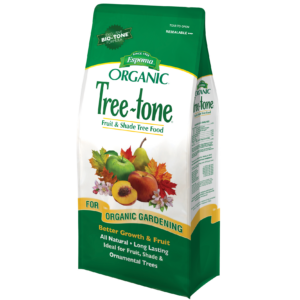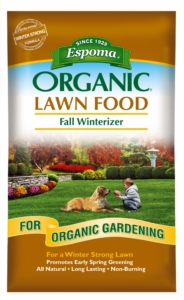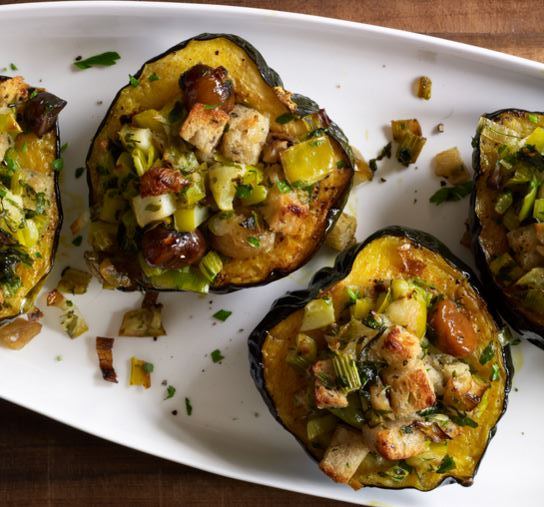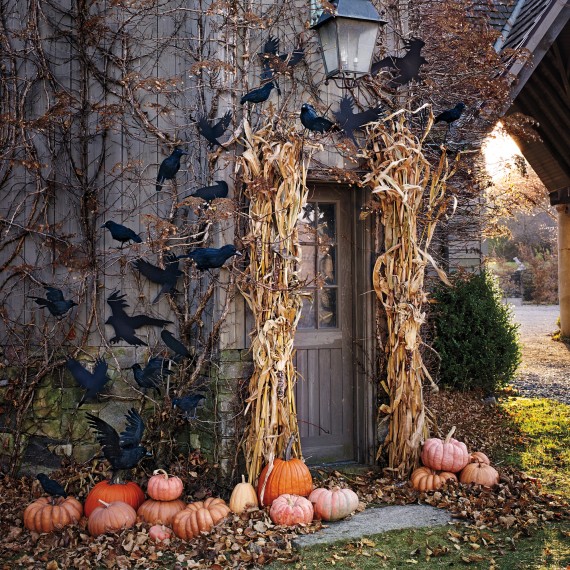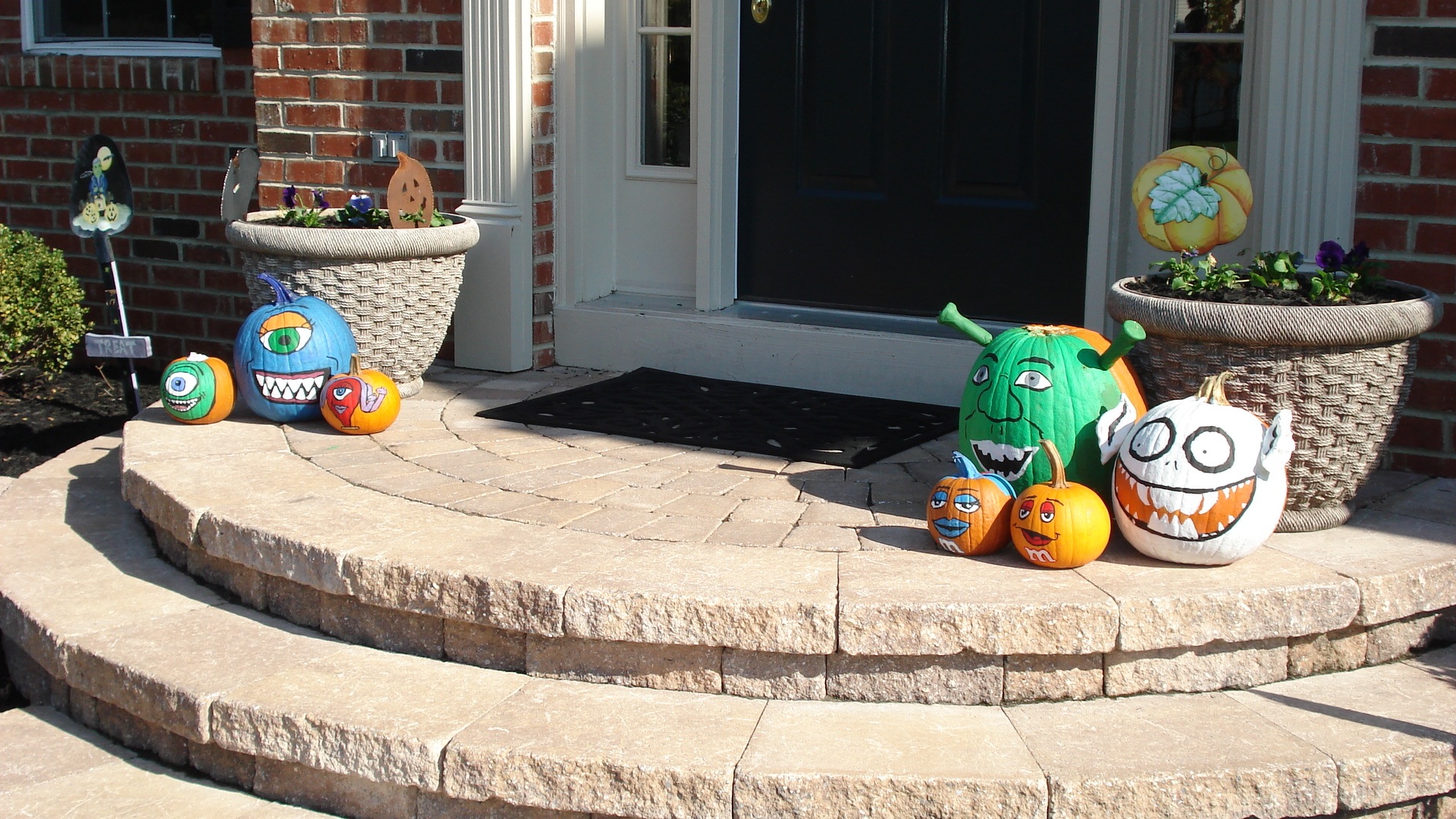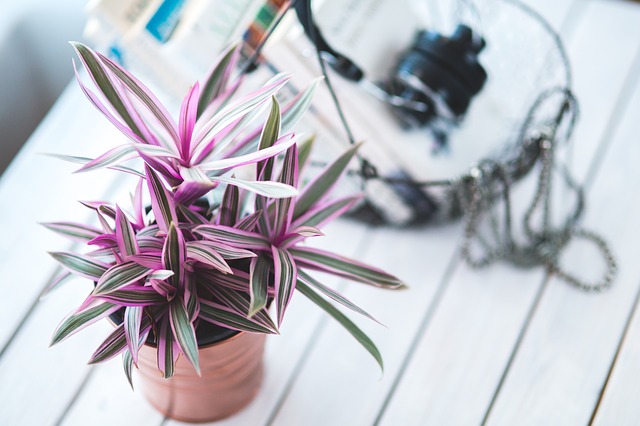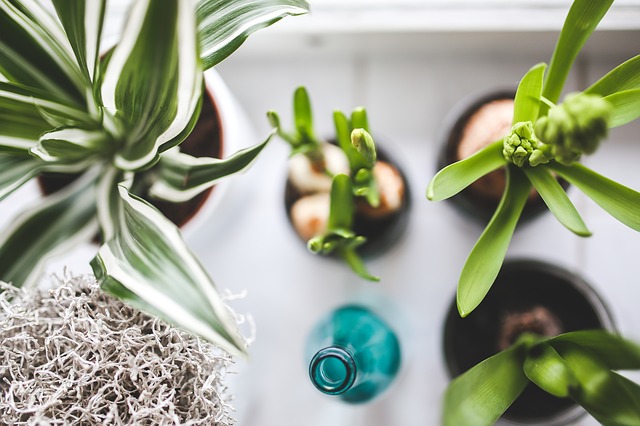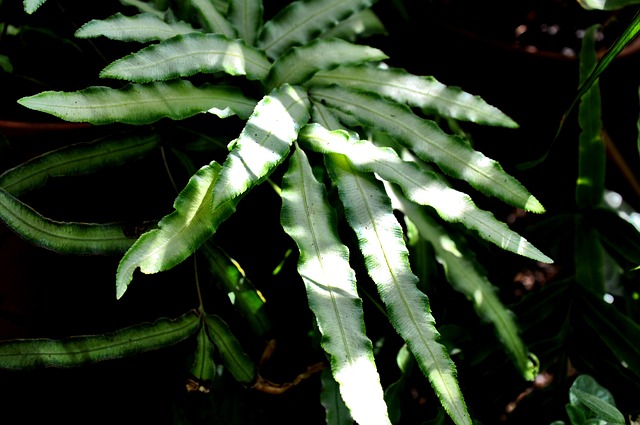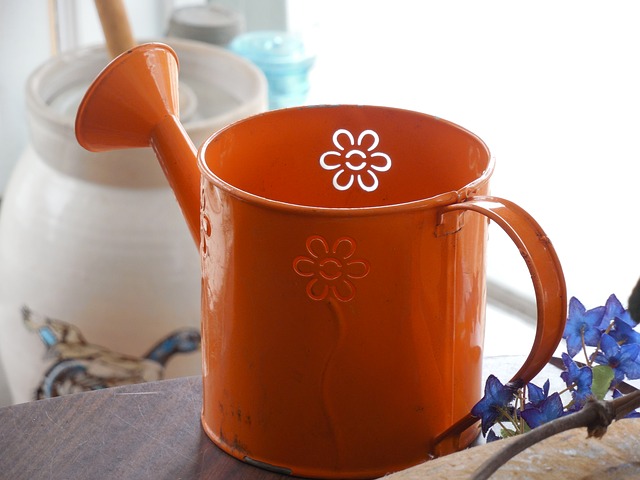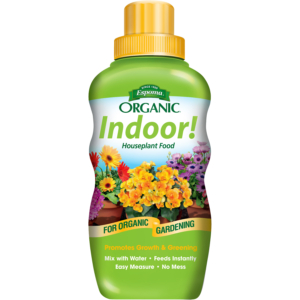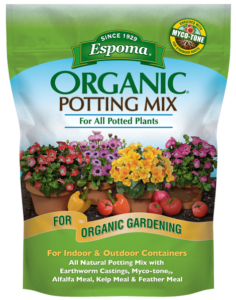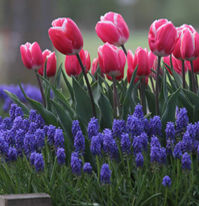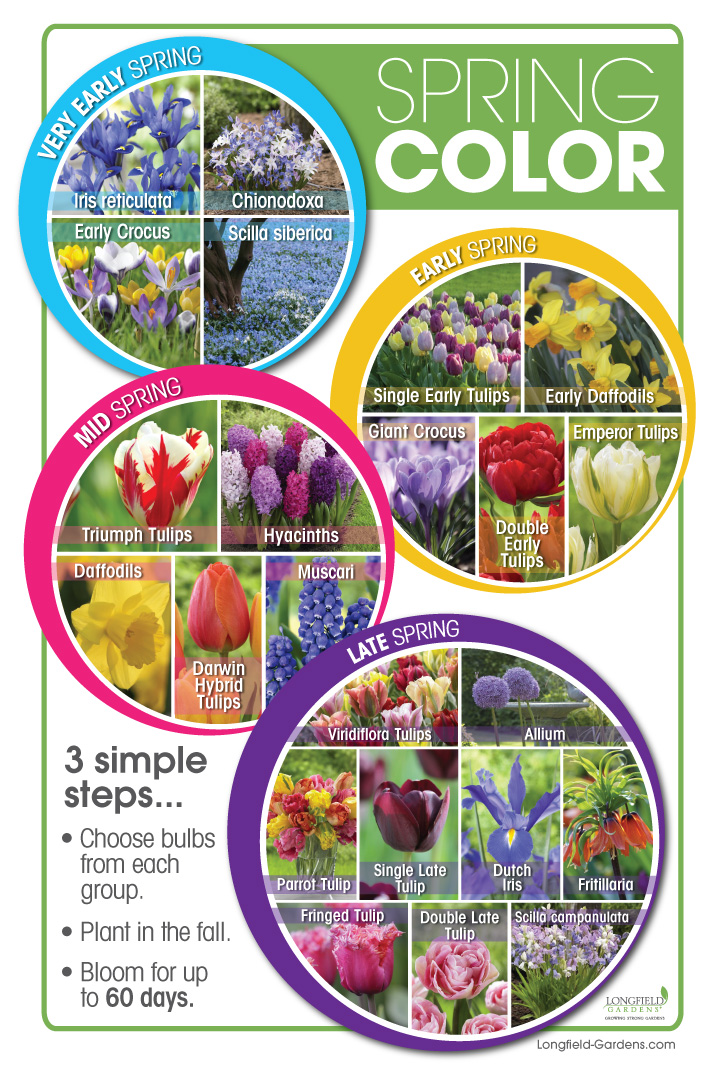Step-by-Step: Prep the Garden for Winter
Did you feel that? Jack Frost has flown in for the season. We’ve already felt the first nip of cold weather, which means your garden has, too.
For many, the first frost date arrives in late October or early November.
Help your garden weather the cold this season. Prepare the lawn and garden beds now for an easy, fruitful spring.
Gardening for winter consists mostly of outdoor cleanup, followed by an indoor revival. Cleanup first, though!
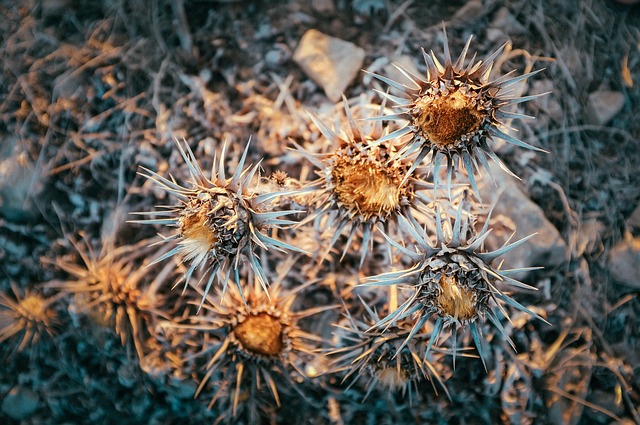
Clip, Drip and Equip the Garden before Winter
- Discard the Deceased. Compost spent annuals and vegetable plants.
- Protect Perennials. Water perennials (rose bushes included!) once more. Then, after the ground freezes, cut perennials back to 3”, and remove any dead or diseased cane on roses. Finally, mulch.
- Create a Clean Slate. Remove weeds from garden beds and then create superb soil. Take the soil test and add organic amendments as needed. After a hard freeze, mulch beds.
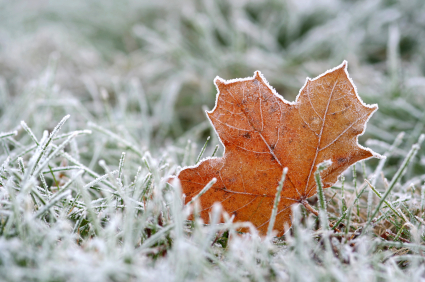
- No More Mow. Stop mowing the lawn once the grass stops growing, usually in late October or early November.
- Seal the Seed. Reseed bare, thin spots in the lawn.
- Winterize to Win. Apply Espoma’s organic Fall Winterizer to cool-season grasses. This is hands down the year’s most important lawn fertilization!
Ta-Ta for Now Trees
- Leave the Leaves. Turn those golden leaves into garden gold by composting them!
- Bolster the Bark. Feed trees with an organic tree fertilizer, such as Espoma’s Tree-tone for winter sustenance.
- Stare at the Bare. After the leaves have fallen, examine your tree for weak spots and problems to prevent damage from fallen tree limbs during snow storms.
Your garden’s been put to bed for the winter and will surely sleep soundly. Now, let’s focus on those incredible indoor plants to keep you gardening all winter long.
*****
Featured Products:


